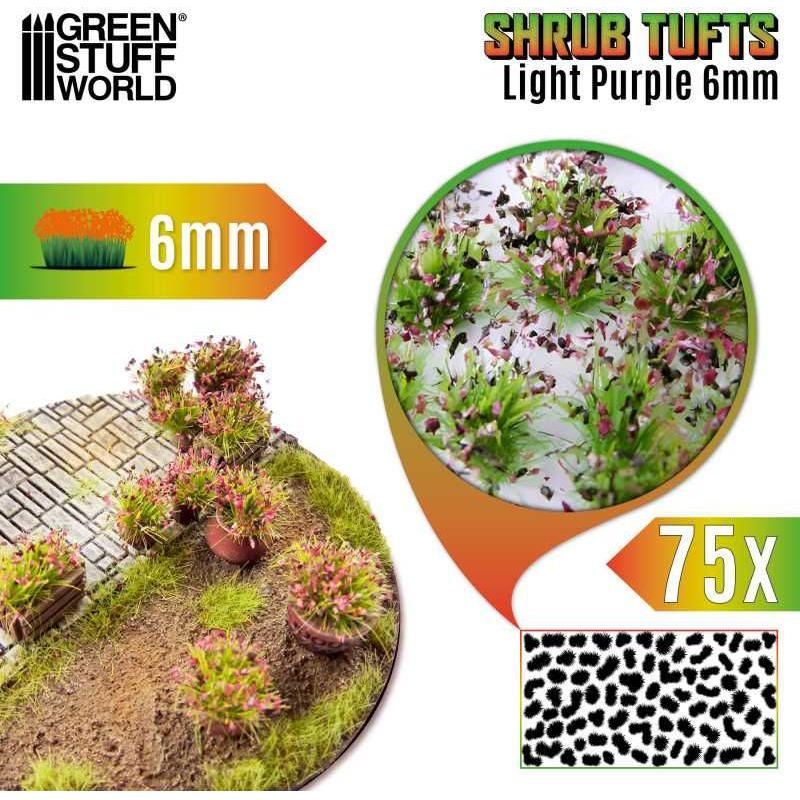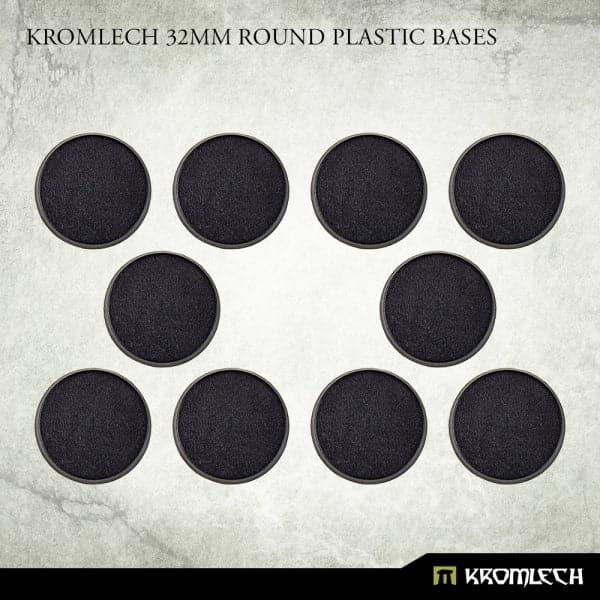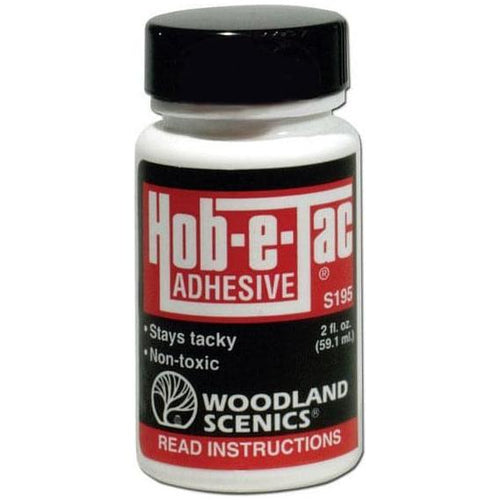Base Building Materials: Your Complete Shopping Guide
We've all been there – standing in the hobby shop aisle, staring at rows of basing materials, wondering which ones we actually need. Whether you're creating your first miniature base or expanding your terrain-building arsenal, knowing what to buy can save you both money and frustration.
At Hearns Hobbies, we've watched countless hobbyists transform from confused beginners to confident base builders. The secret? Understanding which materials serve which purposes and building your collection strategically. This guide breaks down everything you need to know about shopping for basing supplies, from essential starter materials to advanced specialty items.
Think of base building materials like cooking ingredients. You wouldn't stock your kitchen with every spice in existence on day one, right? The same principle applies here. We'll help you identify the core materials that form the foundation of most bases, then show you how to expand your collection based on your specific projects and interests.
What makes this guide different from generic tutorials? We're focusing on the practical shopping side – what to buy first, where to find the best value, and how to avoid common purchasing mistakes that we see hobbyists make every week in our store.
Table of Contents
Essential Starter Materials
Let's start with the absolute essentials – the materials that form the backbone of 90% of all miniature bases. These are your bread-and-butter supplies that you'll reach for again and again. We recommend starting with these before branching out into specialty materials.
The foundation of any good base starts with texture paste or modeling compound. This versatile material serves as both an adhesive and a sculpting medium. Unlike regular glue, texture paste allows you to build up areas, create undulations in terrain, and securely embed other materials. A single pot goes surprisingly far – most hobbyists find that their first purchase lasts months.
Next on your shopping list should be basic basing sand. Not all sand is created equal, though. The fine ballast materials we stock come in various grades, from ultra-fine for smooth surfaces to coarse for rocky terrain. Starting with a medium grade gives you the most versatility. Pro tip: buying railway ballast often gives you better value than hobby-specific sand, and it's exactly the same material.
Static grass might seem like an advanced material, but even beginners should consider adding it to their toolkit early. Why? Because nothing transforms a flat, boring base into realistic terrain quite like properly applied static grass. You don't need an expensive applicator to start – simply pinching and sprinkling works fine for small bases. The static grass options range from 2mm for well-manicured lawns to 12mm for wild meadows.

Texture and Ground Cover Materials
Once you've mastered the basics, expanding into varied textures opens up endless creative possibilities. Ground cover materials are where your bases really start to tell a story. Is your miniature trudging through a muddy battlefield? Standing in an alien wasteland? The right texture materials make all the difference.
Flock remains one of the most versatile ground cover options available. Unlike static grass, flock creates a softer, more varied texture that's perfect for forest floors, mossy rocks, or alien vegetation. The grass and flock selection includes everything from bright green summer grass to autumn browns and even fantasy colors. Mixing different shades creates incredibly realistic effects – nature is never just one color.
Cork bark deserves a special mention in any basing materials discussion. This natural material breaks apart into realistic rock formations with minimal effort. Unlike foam or plaster rocks, cork has an organic randomness that's hard to replicate. Small bags of cork chunks cost very little but provide enough material for dozens of bases. We often see hobbyists overlook cork in favor of more expensive alternatives, but it remains one of the best value materials in the store.
For those creating urban or battlefield bases, rubble and debris materials are essential. You can buy pre-made rubble mixes, but here's an insider secret: mixing your own from various materials often yields better results. Crushed cork, small stones, and even crushed up spare plastic sprues create convincing debris. The key is varying the size and color of particles.
Time-Saving Tip
Pre-mix your favorite texture combinations in small containers. Having ready-to-use blends of sand, small stones, and flock speeds up the basing process significantly. Label each mix with the proportions so you can recreate successful combinations.
Structural Building Materials
Creating elevation and interesting topography on your bases requires structural materials. These form the skeleton of more ambitious base designs, allowing you to build hills, ruins, and dramatic landscapes that make your miniatures truly stand out.
Foam comes in many forms, each with specific uses. XPS (extruded polystyrene) foam, often called pink or blue foam, carves beautifully and holds fine detail. It's perfect for creating custom rock formations or architectural elements. The terrain building accessories section includes various foam densities. High-density foam costs more but holds detail better, while low-density foam is easier to shape but more fragile.
Bark chips and wood pieces add natural-looking elements that are hard to replicate with synthetic materials. Small twigs become fallen logs, thin bark pieces transform into wooden planks or shields, and larger bark chunks make excellent rocky outcrops. The beauty of natural materials lies in their inherent randomness – no two pieces are identical.
For those building urban or sci-fi bases, plastic card (also called styrene sheet) is indispensable. Available in various thicknesses, plastic card cuts cleanly and glues easily. Thin sheets work for floor tiles or metal plating, while thicker sheets can be layered to create stairs, walls, or industrial details. Many hobbyists don't realize that pre-made base toppers can be combined with plastic card for quick, professional results.
Milliput and other two-part epoxy putties deserve a place in every base builder's arsenal. While more expensive than other materials, a small amount goes far. These putties excel at creating custom details like sandbags, tentacles, or filling gaps between other materials. They also take detail impressions beautifully – pressing textured items into semi-cured putty creates instant custom stamps.

Specialty Effect Materials
Special effects materials are where base building gets really exciting. These products create specific environments or effects that standard materials can't achieve. While not essential for beginners, adding a few specialty materials to your collection opens up creative possibilities.
Water effects products have revolutionized base building. From simple puddles to flowing streams, modern water effect resins are easier to use than ever. The two-part resins provide the most realistic deep water effects, while single-component products work well for shallow water or wet mud effects. The water effect materials range includes everything from still water to white water effects for rapids.
Snow effects have come a long way from simple white paint and PVA glue. Modern snow products create realistic textures from fresh powder to partially melted slush. The key to convincing snow bases lies in layering different products – starting with textured paste mixed with white paint for the base layer, then adding specialized snow flock or powder on top. Some products even create realistic ice effects when applied thinly.
Pigment powders might seem intimidating, but they're actually one of the easiest ways to add realism to bases. These ultra-fine colored powders simulate dust, rust, and weathering effects perfectly. A small collection of earth-toned pigments covers most needs – ochre for dust, dark brown for mud, and orange for rust. The weathering pigments can be applied dry for dust effects or mixed with mediums for mud and grime.
Crystalline materials and small glass beads create fantastic alien or magical effects. These materials catch light differently than standard basing materials, adding visual interest and drawing the eye. While more expensive than basic materials, a small container provides enough material for dozens of accent pieces. They work particularly well when partially embedded in resin for otherworldly pool effects.
Specialty Material Shopping List
| Material Type | Best For | Cost Range |
|---|---|---|
| Water Effects Resin | Rivers, pools, wet bases | $$-$$$ |
| Snow Flock/Powder | Winter scenes, frozen bases | $-$$ |
| Weathering Pigments | Dust, rust, grime effects | $$ |
| Crystal/Glass Beads | Magical, alien environments | $$ |
Tools and Adhesives for Base Building
Having the right adhesives and tools makes base building significantly easier and more enjoyable. While you can create bases with minimal tools, investing in a few key items speeds up the process and improves your results dramatically.
PVA glue remains the workhorse adhesive for most basing materials. Unlike super glue, PVA dries clear and allows repositioning while wet. For applying sand, flock, or static grass, watered-down PVA (about 50/50 with water) works better than straight glue. The craft adhesives section includes various PVA formulations – the white glue works fine for most applications, but the tacky versions grab materials faster.
Super glue (cyanoacrylate) handles what PVA can't – bonding dissimilar materials quickly. When attaching plastic bits to resin bases, or metal components to plastic, super glue provides instant, strong bonds. The gel versions work particularly well for base building as they don't run into unwanted areas. Keep both thin and gel versions on hand for different applications.
A good set of sculpting tools transforms your ability to work with putties and texture pastes. While you can use household items like toothpicks and old brushes, proper sculpting tools make a noticeable difference. Silicone-tipped tools work particularly well with texture paste as material doesn't stick to them. Metal tools excel at creating sharp lines and defined edges in putty.
Static grass applicators have become more affordable in recent years, making them accessible to more hobbyists. While not essential, these tools create much more realistic grass effects than hand application. The grass stands up properly, creating that natural look that's hard to achieve otherwise. Even basic battery-powered applicators produce professional results.

Smart Shopping Strategies
Building a comprehensive basing materials collection doesn't have to break the bank. With smart shopping strategies, you can accumulate everything you need while staying within budget. The key lies in knowing what to prioritize and where to find the best value.
Start with multi-purpose materials that serve various functions. For example, railway scatter materials often provide better value than miniature-specific products while being essentially the same thing. A bag of model railway ballast costs less than "basing sand" but contains identical material. Similarly, scenic foam from railway suppliers works just as well as gaming-specific foam.
Buying in bulk makes sense for materials you use frequently. Sand, basic flock, and PVA glue fall into this category. However, specialty materials like specific pigment colors or unique effect products are better purchased in smaller quantities until you know you'll use them regularly. We've seen too many hobbyists buy large containers of specialty materials that sit unused for years.
Consider starting with variety packs or starter sets when exploring new material types. Many manufacturers offer sample packs of pigments, different grades of flock, or various static grass lengths. These cost more per gram than buying individual full-size products, but they let you experiment without committing to large quantities. Once you identify your favorites, then invest in full-size versions.
Don't overlook everyday materials that work perfectly for basing. Coffee grounds (dried) create excellent dark earth textures. Sand from the beach works fine after washing and sifting. Herbs and spices past their cooking prime make interesting alien vegetation. The key is ensuring any natural materials are completely dry and won't decompose on your bases.
Budget Building Strategy
Create a monthly basing budget and stick to it. Allocate 70% to staple materials you'll use regularly, 20% to trying new products, and 10% to tools or storage solutions. This approach builds a comprehensive collection over time without overspending.
Popular Material Combinations
Understanding which materials work well together saves time and produces better results. Certain combinations have become popular because they consistently create realistic effects with minimal effort. Learning these proven combinations gives you a foundation to build upon.
For realistic grass and earth bases, the classic combination remains hard to beat: textured paste for groundwork, fine sand for paths, static grass for vegetation, and small tufts for accent points. This combination works whether you're creating a fantasy meadow or a historical battlefield. The scenic elements can be added for extra detail.
Urban rubble bases typically combine plastic card for floor sections, cork for broken concrete, fine sand for dust, and pigment powders for weathering. Adding small pieces of wire or plastic rod creates convincing rebar and pipe details. This combination scales well from small character bases to large display pieces.
Desert bases work best with multiple sand grades mixed together, cork pieces for rocks, and sparse vegetation using dead grass flock or dried herbs. The key to convincing desert bases lies in the color variation – using pigments to create subtle color differences prevents the monotonous tan appearance that plagues many desert scenes.
Snow bases require layering different materials for realism. Start with your regular base materials (rocks, earth, dead grass), then add snow in varying depths. Mixing snow flock with a tiny amount of blue paint creates shadowed snow, while pure white represents fresh accumulation. Water effects gel mixed with snow flock creates partially melted areas.
Forest Floor Recipe
- • Texture paste base
- • Dark brown flock
- • Dried leaves (crushed)
- • Small twigs
- • Earth pigments
Volcanic Base Recipe
- • Black sand/ballast
- • Cork painted black
- • Red/orange pigments
- • Gloss varnish (lava)
- • Ash grey flock
Storage and Organization Tips
Proper storage extends the life of your materials and makes base building more efficient. Nothing kills creative momentum faster than searching through a chaotic collection for that specific material you know you have somewhere. A well-organized system pays dividends in time saved and frustration avoided.
Clear containers revolutionize material storage. Being able to see contents at a glance speeds up material selection and helps track when supplies run low. Small craft storage boxes with multiple compartments work perfectly for different sand grades, small rocks, and similar materials. The storage solutions designed for RC parts often work brilliantly for basing materials too.
Labeling might seem excessive, but it prevents confusion between similar-looking materials. Those three bags of slightly different brown flock? Without labels, you'll waste time opening each one to find the right shade. Simple masking tape labels work fine, or invest in a label maker for a more professional setup. Include purchase dates on labels for materials with limited shelf life.
Moisture control matters more than many hobbyists realize. Materials like plaster, certain glues, and hygroscopic products absorb moisture from the air, affecting their performance. Silica gel packets (save them from other purchases) help keep storage containers dry. This particularly matters in humid climates where materials can clump or degrade without protection.
Create a dedicated workspace for base building if possible. Even a small rolling cart with your most-used materials and tools makes projects more enjoyable. Having everything within arm's reach means you're more likely to experiment and try new techniques. Include a cutting mat, good lighting, and basic tools in your setup.
Organization Checklist
✓ Use clear, stackable containers
✓ Label everything with contents and date
✓ Group similar materials together
✓ Keep frequently used items accessible
✓ Store liquids separately from dry materials
Frequently Asked Questions
What's the minimum investment needed to start base building?
You can start with as little as $30-50 for basic materials. This gets you texture paste, a couple of sand grades, basic flock, and PVA glue. Add materials gradually as you develop your skills and identify your preferred basing style. Many hobbyists build impressive collections over months or years rather than buying everything at once.
Should I buy specialized basing products or adapt general craft supplies?
Both approaches have merit. Specialized products like pre-made base toppers save time and guarantee consistent results. However, general craft supplies often provide better value for basic materials. We recommend specialized products for specific effects (like realistic water) but general supplies for bulk materials like sand and basic flock.
How long do basing materials typically last in storage?
Most dry materials (sand, flock, cork) last indefinitely when stored properly. Adhesives typically remain usable for 2-3 years if sealed tightly. Two-part products like resins and putties have shorter shelf lives – usually 1-2 years. Always check products before use if they've been stored for extended periods. Texture changes or separation indicate it's time to replace them.
What's the biggest mistake beginners make when buying basing materials?
Overbuying specialty materials before mastering basics is the most common mistake we see. Beginners often purchase expensive effect products without understanding fundamental techniques. Master texture paste, sand, and basic flock first. These simple materials, properly applied, create better results than poorly used specialty products. Build your skills alongside your material collection.
Final Thoughts
Building your basing materials collection is a journey, not a race. We've covered everything from essential starter supplies to advanced specialty products, but remember – the best base isn't necessarily the one with the most expensive materials. It's the one that tells your miniature's story effectively.
Start small, master the basics, and expand your collection based on actual needs rather than impulse purchases. Those fundamental materials we discussed? They'll serve you well for years. As you develop your style and tackle more ambitious projects, you'll naturally identify which specialty materials deserve space in your collection.
The real secret to great bases isn't having every material available – it's understanding how to use what you have creatively. Visit us at Hearns Hobbies, and we'll help you build a collection that matches your ambitions and budget. Whether you're creating your first base or your hundredth, the right materials make all the difference.
 is here! Shop now, pay later in 4 easy installments
is here! Shop now, pay later in 4 easy installments

